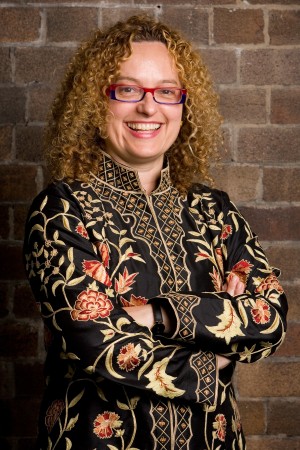A seminar by Carolyn Christov-Bakargiev The Pernod Ricard Visiting Professor in thephilosophy of art and naturecultures
Kristina Buch, Assistant professor
19./20. June 2013:
From Human Exceptionalism to Meeting the Universe Halfway
26./27. June 2013:
On Creativity and/or Art-making
3./4. July 2013:
On Aesthetics and Politics of Worlding
10./11. July 2013:
On the shift from subjectivity to self-affection and the relational self
The time schedule of the four blocks is: first day 2-6pm, second day 8-12am.
Goethe-Universität Frankfurt
Institut für Philosophie
Grüneburgplatz 1
60323 Frankfurt am Main
Seminar description
This seminar will explore how it is possible to think about art from the perspective of the “worldly” as opposed to the “humanistic”. The seminar is intended as the first of a series of three yearly seminars. It is an interdisciplinary seminar for students of the Department of Philosophy as well as from adjacent disciplines like art theory and history, literary, cultural, film and media studies.
Paradoxically, humanistic positions are the cause of our having become less humane, and less compassionate beings on the planet. Precisely in the age of the so-called Anthropocene, where the destiny of the planet depends on the choices and actions of one species, the human, this seminar is a research project that analyses and breaks away from the “human exceptionalism” which has characterized most religious monotheistic thinking as well as traditional lay philosophy up to its recent radical questioning by thinkers such as biologist, feminist and cultural theorist Donna Haraway since the 1980s with her Cyborg Manifesto (1991) and notably in her book When Species Meet (2008), ethologist and philosopher Vinciane Despret who, among other things, studies the relations between non-human animals and scientists in scientific research contexts (Penser comme un rat, 2009) or Jacques Derrida who, in his lecture of 1997, “L’Animal que donc je suis (a’ suivre)”, questions his own philosophical tradition in which the non-human animal has always been a figure of radical otherness.
This perspective towards a de-anthropocentrization of thought and a multispecies coevolution of intra-actions and interactions proposes to move away from the binary oppositions between the human and the so-called ‘natural’ (the organic ‘other’ being part of that sphere – the slave, the non-citizen, the woman, the embryo, the ethnic other, the so-called ‘animal’, the so-called ‘vegetal’), as well as between the human and the machinic (the inorganic ‘other’), the technological).
Speaking of art, in his late Aesthetic Theory (1969-1970), Adorno said “it has become self-evident that nothing concerning art is self-evident anymore, not its inner life, not its relation to the whole, not even its right to exist”. Indeed, we do not know what art is until it is no longer that which it was, thus it has been a sphere of human activity which continuously questions its own limits, its own existence. Consequently, art can exist only in so far as it is an amatorial activity, in a state of the propositional and never of constituted knowledge and professionality.
Although drawing and image-making are amongst the most ancient and characteristic activities of humans, it is not a given, according to possible more current usages of the term “art” (that do not necessarily involve the requirement of human will,rationality, nor intentionality) that non-human beings, animate and inanimate, are excluded from artmaking and from the faculty of imagination.
Furthermore, in order to become ourselves, we become-with-others, not separate from the self, but constituting the self relationally (most of the DNA in our bodies is not human DNA – it either belongs to other species/agents that we need to host for our own livelihood, or it belongs to parasites/agents who live off of “us”).
It is possible to consider artistic practice as a process of compost-making, where the crafting of the artwork, through decomposing and symbiotic recomposing, as well as the experience/viewing of it, is both human and non human, or rather, composite.
This seminar will explore these topics through an analysis of some artworks that were developed during dOCUMENTA (13) (Kassel, Kabul, Banf, Cairo/Alexandria, 2012), through readings and discussions and research towards understanding the questions that may inform a worldly knowledge which is only just beginning. A number of ethologists, artists and other guests will be invited for discussions with the seminar students.
Goethe-Universität Frankfurt
Institut für Philosophie
Grüneburgplatz 1
60323 Frankfurt am Main
Carolyn Christov-Bakargiev. Photo Ben Symons


